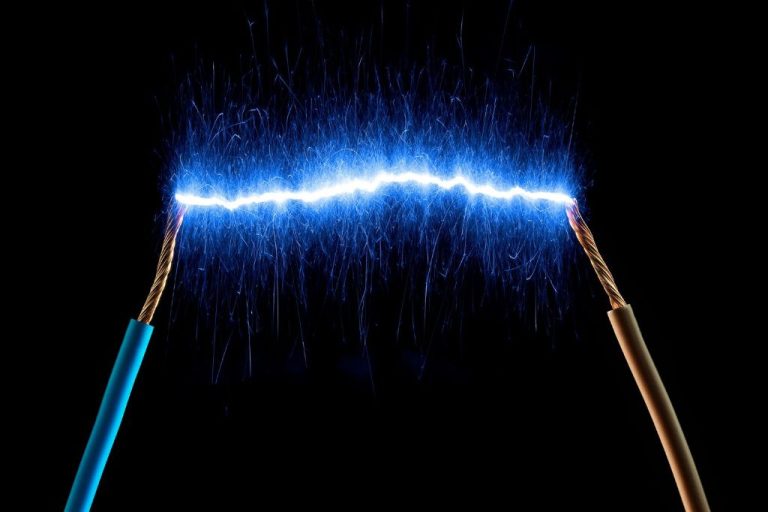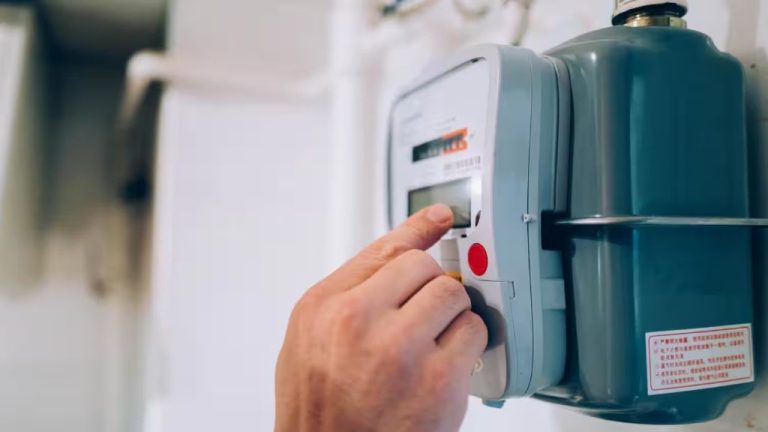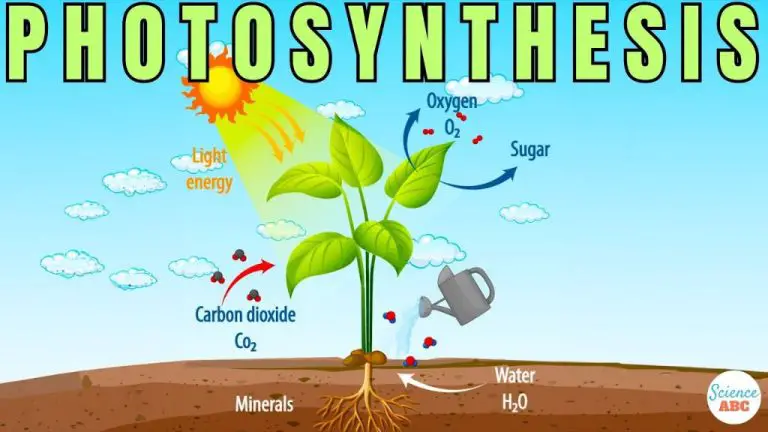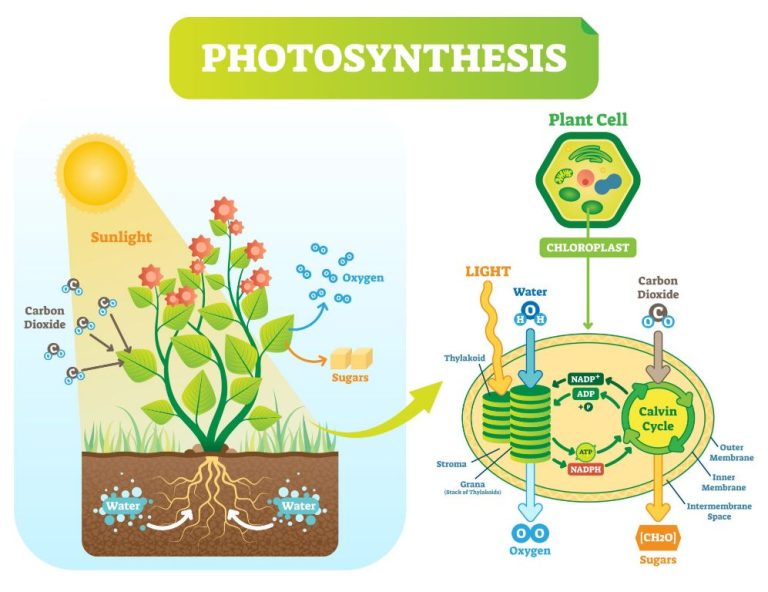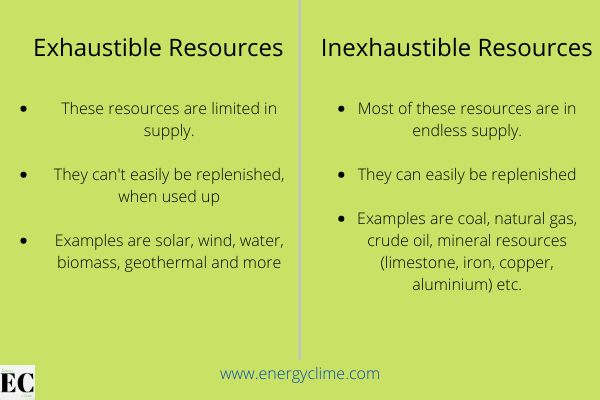Which Us States Have The Highest Percentage Of Renewable Energy?
Renewable energy has become increasingly important in recent years as countries around the world seek to reduce greenhouse gas emissions and mitigate climate change. The renewable energy sector has seen impressive growth, with renewables like solar and wind expanding their share of electricity generation. According to Deloitte, renewable energy is expected to account for almost a quarter of US electricity generation by 2024, up from just over 5% in 2022.
There are many benefits associated with transitioning to renewable energy. Renewables produce little to no global warming emissions, which is crucial for reducing the impacts of climate change. They also provide energy security by relying on domestic resources rather than imported fossil fuels. Additionally, the development of renewable energy creates jobs and other economic benefits. As renewables become more cost-competitive with conventional sources, their growth is likely to accelerate.
Given the importance and momentum behind renewable energy, it is worth exploring the leading renewable energy states in the US. Understanding which states generate the highest percentage from renewables can highlight the policies and conditions that have enabled renewable growth.
Defining Renewable Energy
Renewable energy is derived from natural sources that can be replenished over time through natural processes. As the UN defines it, renewable energy comes from sources that are replenished faster than they are consumed.
The most common types of renewable energy sources include:
- Solar – The sun’s rays can be harnessed to generate electricity and provide lighting and heating.
- Wind – Wind turbines convert the kinetic energy of wind into mechanical power or electricity.
- Hydropower – Flowing water can be used to spin turbines and generate electricity.
- Geothermal – Heat from inside the earth can be used to directly heat buildings or to generate electricity.
- Biomass – Organic plant and animal waste can be used to produce electricity, fuel, or heat.
Unlike fossil fuels like coal, oil, and natural gas, these renewable sources are constantly replenished and will never run out. This makes them a sustainable long-term energy solution.
Measuring Renewable Energy by State
There are a few key metrics used to measure the adoption of renewable energy at the state level. One of the most common is looking at renewable energy as a percentage of total electricity generation. This allows us to see how much of a state’s total electric power is coming from renewable sources like wind, solar, hydropower, biomass and geothermal. The U.S. Energy Information Administration provides data on the renewable share of electricity generation by state. In 2021, renewable energy accounted for about 22% of total U.S. electricity generation. However, there is significant variation between states. For example, in 2021 over 40% of Vermont’s net electricity generation came from renewable sources, compared to just 5% in West Virginia (https://www.eia.gov/state/data.php).
Top Renewable States Overview
Based on data from the U.S. Energy Information Administration, the top five renewable energy states in 2023 are Idaho, Washington, Oregon, South Dakota, and Iowa [1]. These states generate a significant portion of their total electricity from renewable sources such as wind, solar, hydropower, and biomass. Idaho leads the pack, generating over 80% of its electricity from renewables. Washington and Oregon benefit from abundant hydropower resources, while wind energy drives renewables in South Dakota and Iowa. The renewable energy boom in these states is driven by favorable policies, plentiful natural resources, and investments in renewable infrastructure.
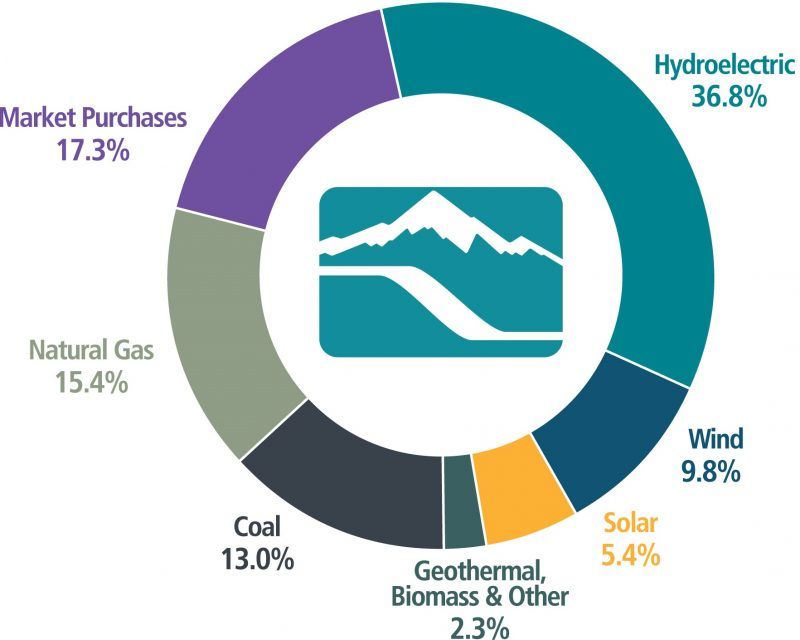
Previewing the top states, Idaho gets over 75% of its electricity from hydropower dams. Washington produces more hydroelectricity than any other state. Oregon has the second highest renewable energy percentage in the nation at over 75% renewable electricity. South Dakota generates nearly 60% of its power from wind energy. And Iowa leads the country in the overall percentage of total energy from renewables at over 50%.
#1 – Idaho
Idaho leads the country in the percentage of renewable energy produced within the state. According to the U.S. Energy Information Administration, renewable energy generated 75% of Idaho’s total in-state electricity in 2022, including from customer-sited small-scale solar panel generating systems.
This is a significant increase from 15 years prior, when only 25% of Idaho’s electricity came from renewable sources like hydro, solar, wind, and geothermal. The growth has been driven by new investments in solar, wind, and geothermal power across the state.
The primary renewable power source in Idaho is hydroelectric from dams along the Snake River and other waterways. Idaho Power, the state’s largest utility, operates 17 hydroelectric plants that provide about half of the state’s electricity. Other major sources are wind, solar, and geothermal energy.
#2 – Washington
Washington state leads the nation in renewable energy, with over 71% of its electricity coming from renewable sources in 2021, according to the U.S. Energy Information Administration (https://www.eia.gov/state/analysis.php?sid=WA). The state generated more electricity from hydropower than any other state, accounting for 31% of the nation’s total hydroelectric generation (https://www.eia.gov/state/?sid=WA).
The growth of renewable energy in Washington has been significant, with renewables increasing from under 60% in 2010 to over 70% in 2021. This growth has been driven primarily by increases in wind and solar power generation. In 2021, Washington’s electricity generation mix consisted of 71% renewables (mainly hydropower), 9% nuclear, 12% natural gas, and 7% coal (https://www.statista.com/statistics/1287668/washington-electricity-generation-share-by-source/).
#3 – Oregon
Oregon is one of the leading states in renewable energy generation. According to the Oregon Profile and Energy Estimates from the U.S. Energy Information Administration (EIA), in 2022 hydroelectric power accounted for 51% of Oregon’s total electricity net generation, and all renewable sources combined produced 70% of the state’s electricity.
Oregon has set ambitious renewable energy targets through its Renewable Portfolio Standard, which requires that 50 percent of the electricity Oregonians use come from renewable resources by 2040. The state is making steady progress towards this goal, with renewable electricity generation up 50% over the past decade.
The main renewable energy sources in Oregon are hydroelectric power from the many dams across the state, wind power with over 3,800 MW of installed capacity, and solar power, which is the fastest growing renewable resource. With its wealth of rivers and consistent wind patterns along the Columbia River Gorge, Oregon is well positioned to continue expanding its renewable energy portfolio.
#4 – South Dakota
South Dakota leads the nation in the percentage of electricity generated from renewable sources. According to the U.S. Energy Information Administration, South Dakota got 84% of its net electricity generation from renewable sources in 2022, primarily from wind and hydroelectric power. This is significantly higher than the national average of 20%.
The high percentage of renewables in South Dakota stems from abundant wind resources and investments in wind power generation. South Dakota has consistently ranked in the top 5 states for wind energy as a share of total electricity generation over the past decade. In 2022, wind accounted for 55% of the state’s net generation. Meanwhile, hydropower from dams along the Missouri River provided another 29%.
Growth in wind power is driving the transition. Wind generation in South Dakota has expanded rapidly from just 15% of total generation in 2008. The state added over 1,100 megawatts of new wind capacity in 2021 alone. Major wind projects in South Dakota include the Triple H Wind Project and the Deuel Harvest Wind Farm.
While South Dakota stands out for its high use of renewable electricity today, continued investments in wind, solar, and other renewables have the potential to push this percentage even higher in the years ahead.
#5 – Iowa
Iowa generates the fifth highest percentage of renewable energy in the United States. According to the U.S. Energy Information Administration, in 2022 wind turbines generated 62% of Iowa’s electricity, the highest wind power share for any U.S. state (EIA Iowa Profile). This is up from 41% just five years earlier. Iowa is a leader in wind power generation due to its location in the wind corridor of the central United States and proactive policies that promote renewable energy development.
Other renewable energy sources play a smaller role in Iowa’s energy mix. About 3% of Iowa’s electricity generation comes from renewable sources other than wind, including hydroelectric power, solar energy, and biomass (EIA Iowa Analysis). Overall, Iowa generated 27,957 GWh of electricity in 2021, with 17,436 GWh coming from wind power. Iowa’s growth in renewable energy is expected to continue, with a goal of generating 100% of its electricity from clean energy sources like wind and solar by 2035.
Conclusion
In summary, we have seen that the top 5 states with the highest percentage of renewable energy are Idaho, Washington, Oregon, South Dakota, and Iowa. These states have abundant hydroelectric and wind resources that they have developed over the past decades. We can expect the renewable energy share in these states and across the U.S. to continue growing, as solar and wind power costs decrease and states enact policies to reduce greenhouse gas emissions and promote clean energy. Key factors that will determine future growth include technological advances, federal tax incentives, state renewable portfolio standards, and transmission infrastructure to bring renewable power to market. With the right policies and investments, renewable energy has the potential to supply an even greater proportion of the country’s electricity. This transition to clean energy can provide environmental, economic and energy security benefits.


